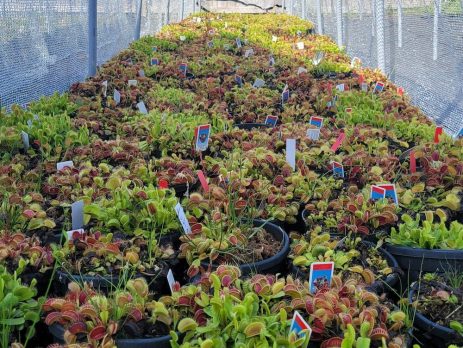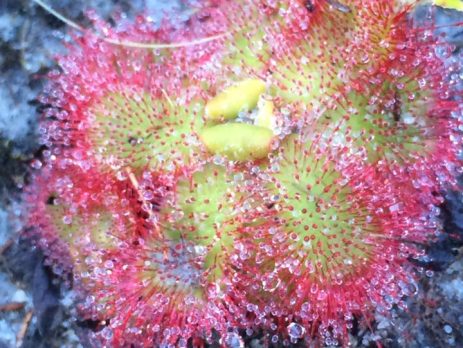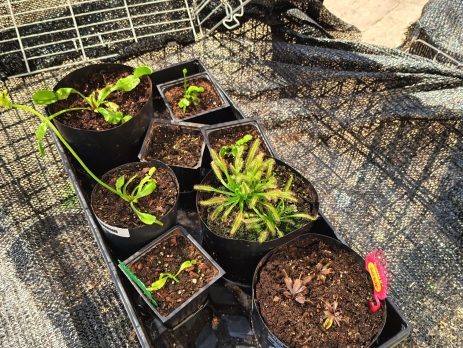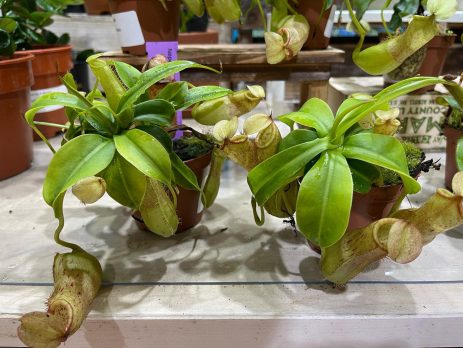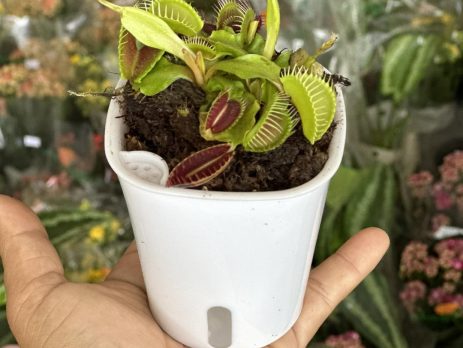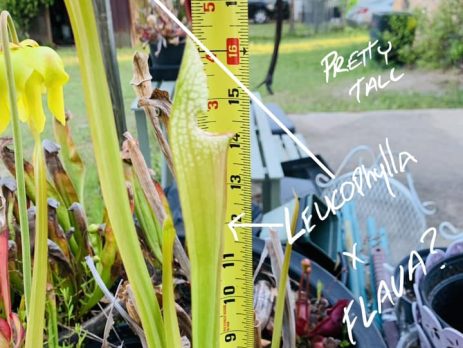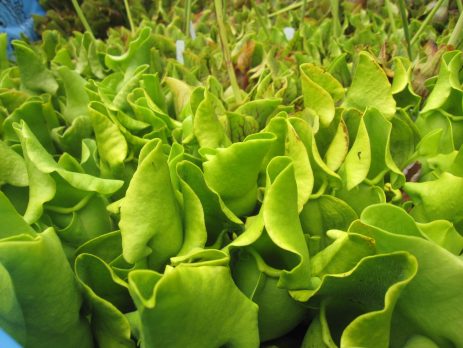What should I look for in a carnivorous plant vendor before making a purchase?
When selecting a carnivorous plant vendor, there are a few key factors to consider. Here are some important aspects to look for: Plant Health and Quality: Choose a vendor that offers healthy and robust plants. Look for plants with vibrant colors, sturdy growth, and no signs of pests or diseases. Avoid vendors that consistently receive negative reviews about plant quality. Species Selection: A good vendor should have a diverse selection of carnivorous plant species available. This allows you to choose...

